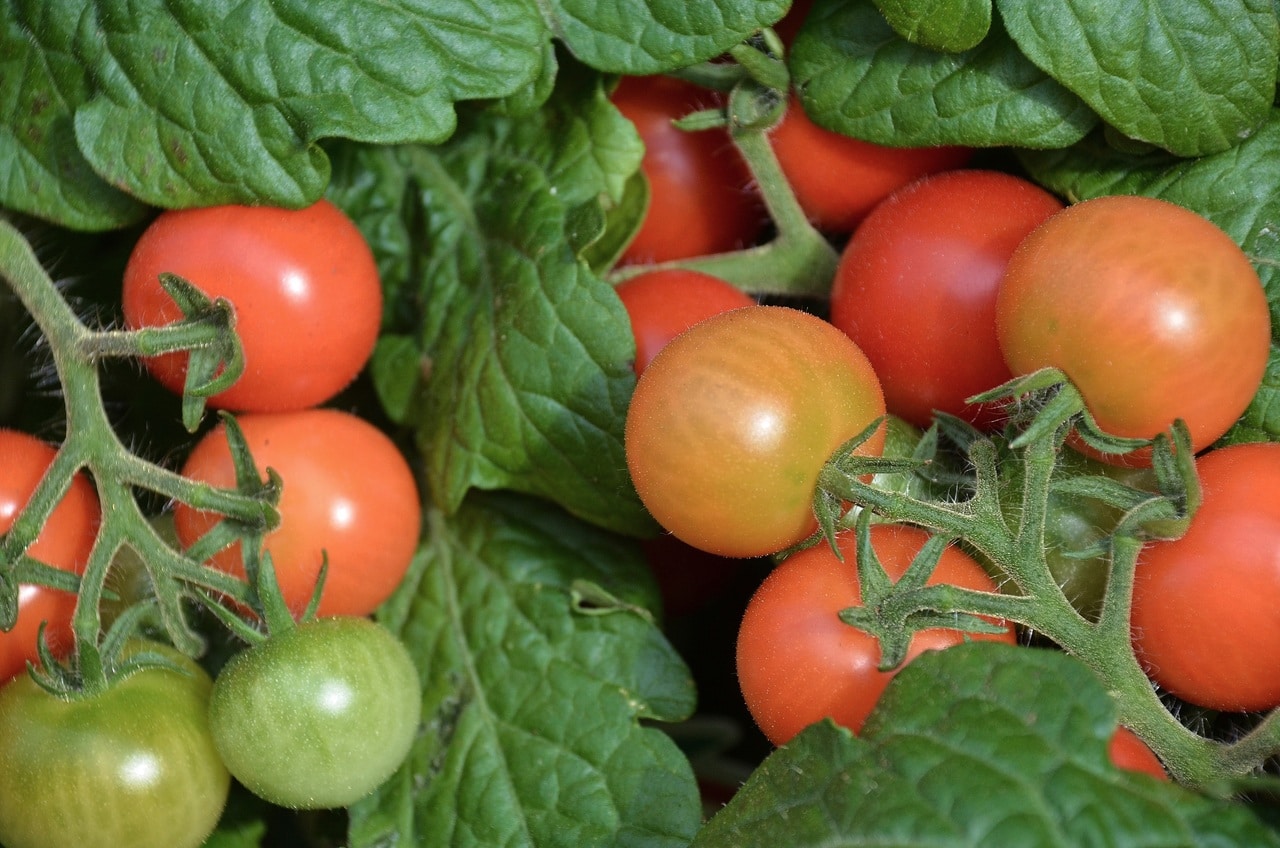
Excess moisture is a problem for tomato plants. But it is not always easy to know when to water them, since they are plants that suffer a lot from drought, to the point that their stems lose firmness as soon as the soil begins to be a little dry. For this reason, and in order to prevent them from getting like this, we pour water on them frequently.
And, of course, if we go too far... pathogenic fungi and oomycetes will soon appear, those microorganisms that will take advantage of the weakness of our crops to rot them. So We are going to see what are the tomato diseases due to excess moisture to know how to identify and treat them.
Which are?
When we water too much, the tomato plants have a very hard time. But what are the diseases that can affect them when they have more water than they need? Basically, there are three: powdery mildew, mildew and botrytis or gray rot.
Powdery mildew
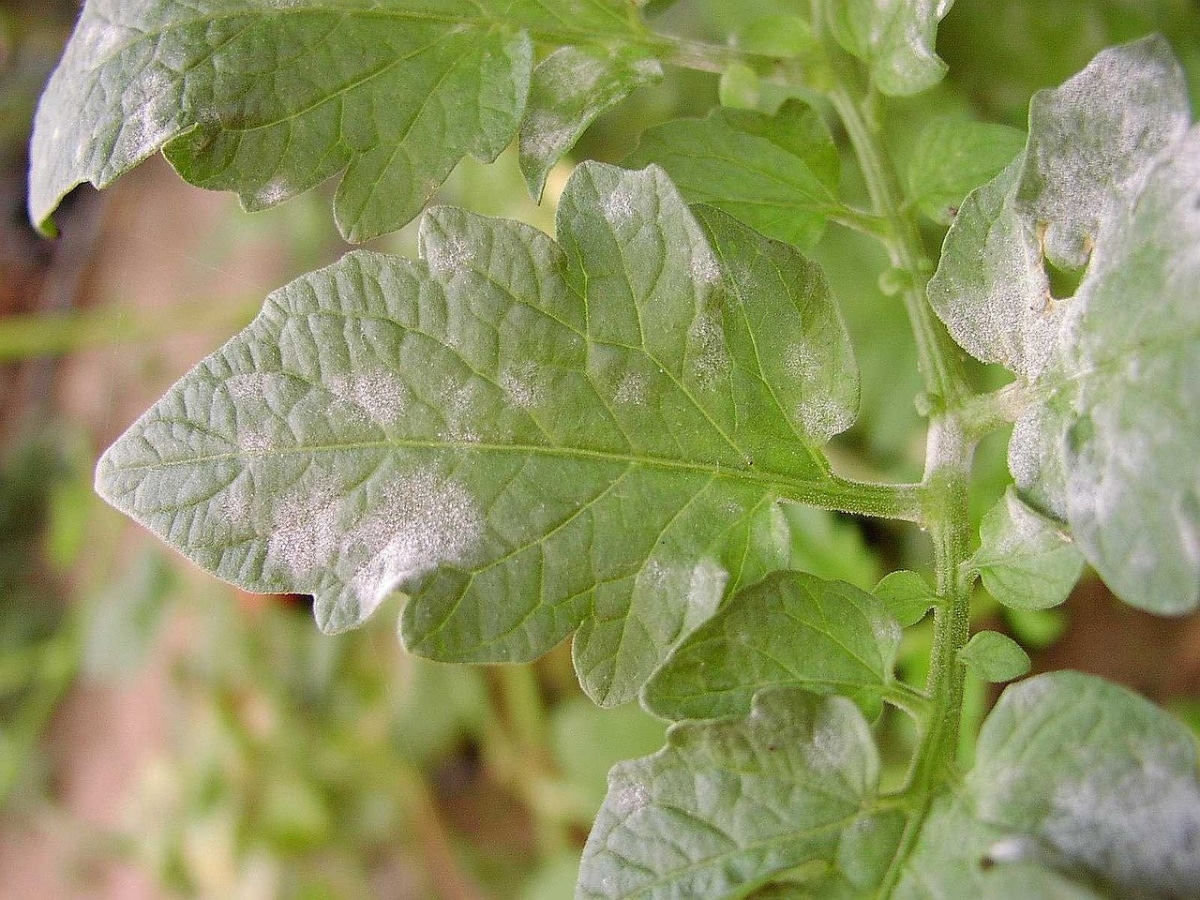
Image – Wikimedia/Goldlocki
El powdery mildew It is a disease caused by various pathogenic fungi. They affect a multitude of plants, not just tomato plants, so it is important that, as far as possible, we separate those that are sick from the healthy ones.
Symptoms manifest on leaves and stems, which are covered with a whitish powder that, if you touch it, leaves your hands dirty.
Transmission
The affected parts must be removed by cutting them with previously disinfected scissors. What's more, Fungicide will be applied, if possible ecological, like this ponytail you can buy from No products found..
Mildew
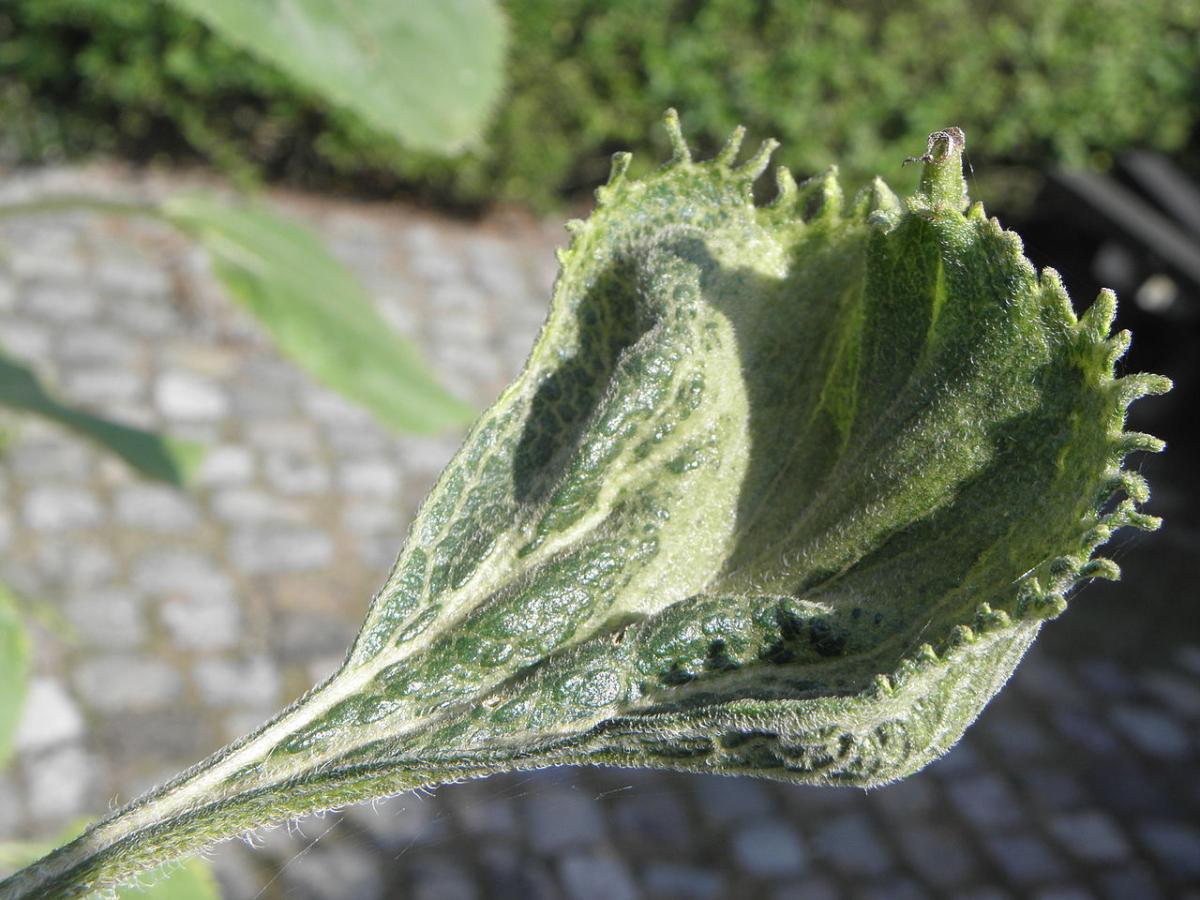
Image - Wikimedia / Rob Hille
El mildew is a cryptogamic disease caused by oomycetes of the Peronosporaceae family. Like powdery mildew, it affects a wide variety of plants, both horticultural and ornamental. And also Excess humidity favors it, especially if temperatures are high.
We will see the symptoms both in leaves and stems and in the fruits. Small yellow spots appear first, which quickly turn gray.
Transmission
These microorganisms are combated with fungicides like the one we told you about before, or with this other of the Solabiol brand that you have to dilute the content of the sachet (50 grams) in 15 liters of water. Then fill a spray bottle with this mixture and spray the liquid onto the plant.
Gray rot (botrytis)
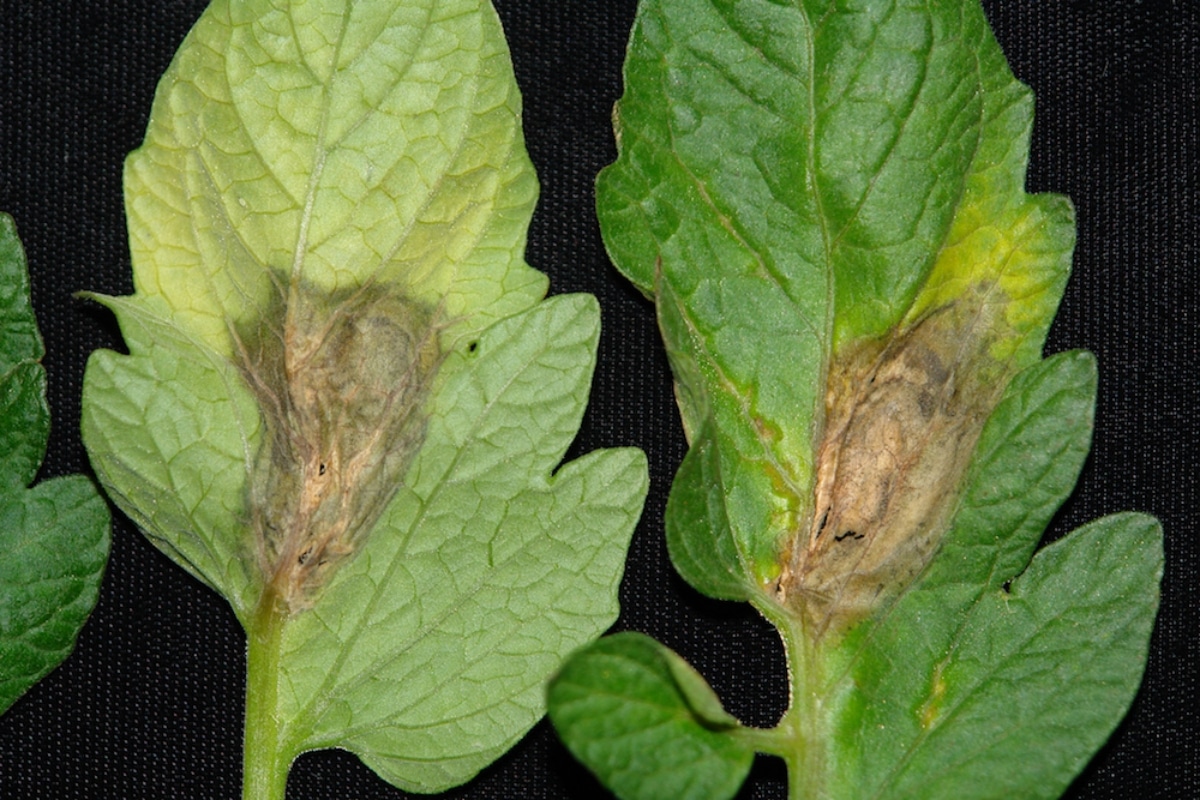
Image – GardenTech.com
Gray rot is a disease caused by the fungus Botrytis cinerea. It affects many plants, especially vines, but also tomato plants.
How to know if our crops suffer from it? The leaves will begin to be covered with a kind of white ash, and will turn necrotic. In addition, the fruits will first have light brown spots, and then they will rot.
Transmission
To combat botrytis systemic fungicides are used, such as the one from Probelte Jardín that you can buy here. The instructions for use are as follows:
- A 1 liter spray bottle needs to be filled with water.
- Pour 2-3 grams of the fungicide into the sprayer and mix.
- Apply by foliar route, that is, by spraying the leaves and fruits.
How to prevent tomato plants from getting sick from excess moisture?
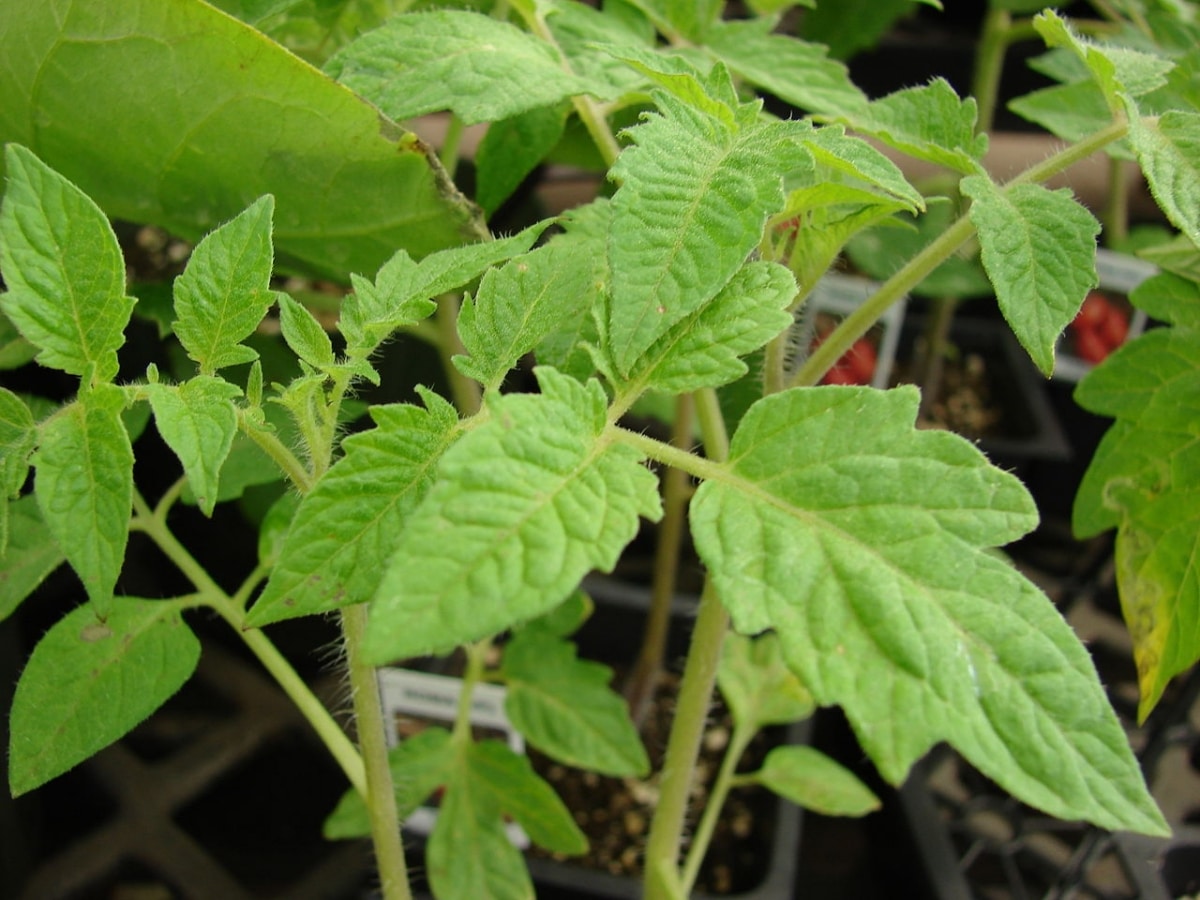
Image - Wikimedia / Forest & Kim Starr
Now we know what the tomato diseases are due to excess moisture, but how to prevent them from getting sick? To do this, below we explain how to care for your plants correctly. In this way, you can minimize the risk of them ending up with a problem:
When to water tomato plants?
Irrigation is important for tomato crops, as They are plants that need a lot of water., especially if they are potted. Therefore, we will have to water often, but avoiding excess. The question is: when should they be watered?
It will depend on the weather and the rainfall, but if we live in an area where it rains little and temperatures are high, we will have to water about 2 times a week in spring and 3-5 times a week in summer.
How to water tomato plants?
It will always be done by pouring the water on the ground. The plants should not be wet, since otherwise they could get sick and/or burn if the sun hits them at that time. But otherwise, they can be watered with a watering can or by turning on the drip irrigation system.
Yes, you have to pour water until you see that the earth is wet. If they are in containers, we will water until it comes out through their drainage holes, in this way we will ensure that we water them well and that, therefore, they will be able to hydrate without problem.
Care must be taken: the topmost layer of the earth dries out quickly, something that could make us believe that we must moisten it again. But, this is a mistake. The lower layers of the earth take longer to dry, since they are not exposed to sunlight, so if we watered now our plants would probably have more water than they really need.
We have to wait. In case of doubt, we will take a thin wooden stick, we will introduce it to the bottom, and if when we take it out we see that it comes out practically clean, then we will water it.
I hope it has been useful to you.